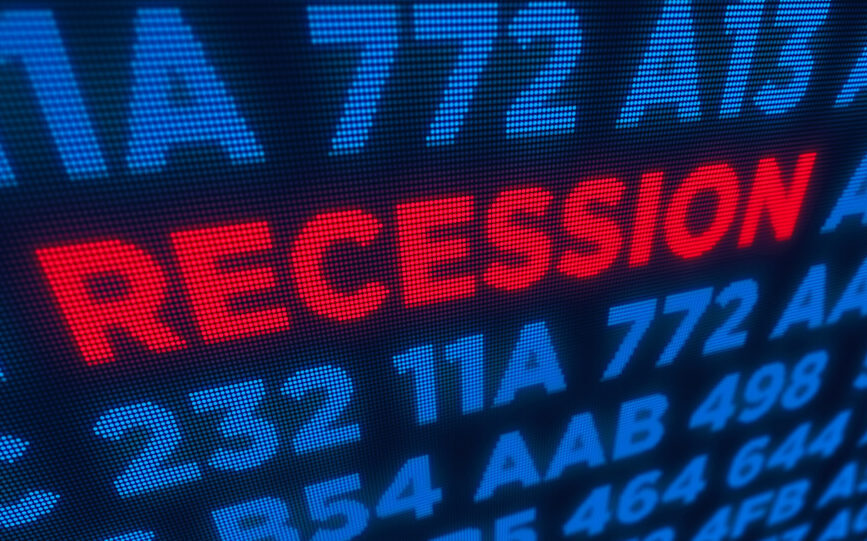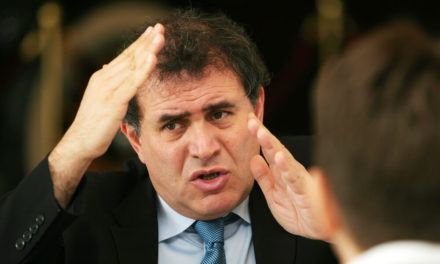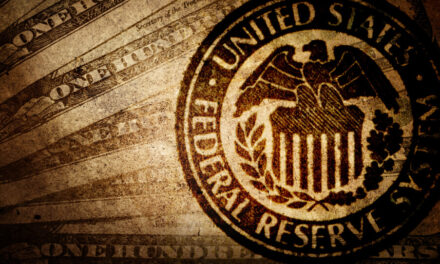In the past, the United States has had to suffer for many months before top economists would even announce it was in a recession, but a Federal Reserve economist may have a fix in the “Sahm Rule.”
Fed Board of Governors Section Chief Claudia Sahm released a recent paper that argues for a new way to measure when the U.S. is entering a recession, and a more rapid response once the that news becomes clear. Sahm believes a more timely response could shield the economy from some of the effects of a downturn,and help get a jump start on monetary policy to combat a recession.
There wouldn’t be a set unemployment threshold that would have to be hit in order to signal recession under the Sahm Rule. Instead, a slightly broader look at the labor market would be implemented. Per the Federal Reserve’s Economic Data (FRED):
The Sahm Rule identifies signals related to the start of a recession when the three-month moving average of the national unemployment rate (U3) rises by 0.50 percentage points or more relative to its low during the previous 12 months.
A payment from the Treasury Department equal to 1% of consumer spending would be delivered to households once that threshold is met, which would provide a buffer while the government figures out a more long-term solution.
“A rapid, vigorous response to the next recession in the form of direct payments to individuals would help limit employment losses and the economic damage from the recession,” Sahm wrote in the paper, according to Market Insider. “Making the payments automatic by tying their disbursement to recent changes in the unemployment rate would ensure that the stimulus reaches the economy as quickly as possible.”
There has been some worry recently that the Fed and Congress don’t have as many tools to fight a recession with interest rates being so low. The current range of the central bank’s benchmark policy rate is between 1.5% and 1.75% after the Fed cut rates three times in the last four months.
Moody’s Analytics Economist Ryan Sweet thinks that “automatic stabilizers could help take some of the human error out of fiscal policy,” and stabilizers would also help ease the economy while congress fights over how to solve the problem, which could take months.
“Fiscal policy is normally very slow to respond to a recession and there is also the risk that policymakers view the U.S. as running out of fiscal space,” he said.
The Fed has added the Sahm Rule as a recession indicator, but only time will tell if her suggestions will be used in the event of a downturn.




